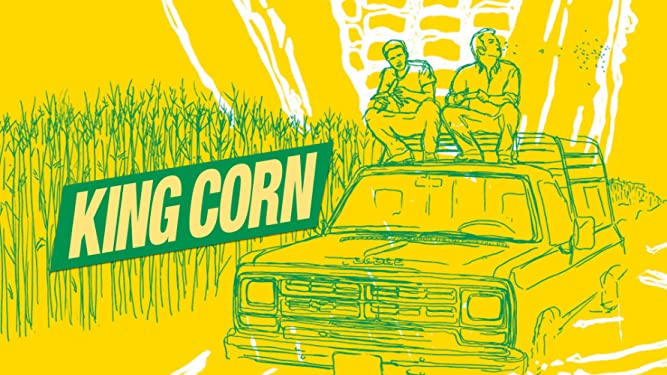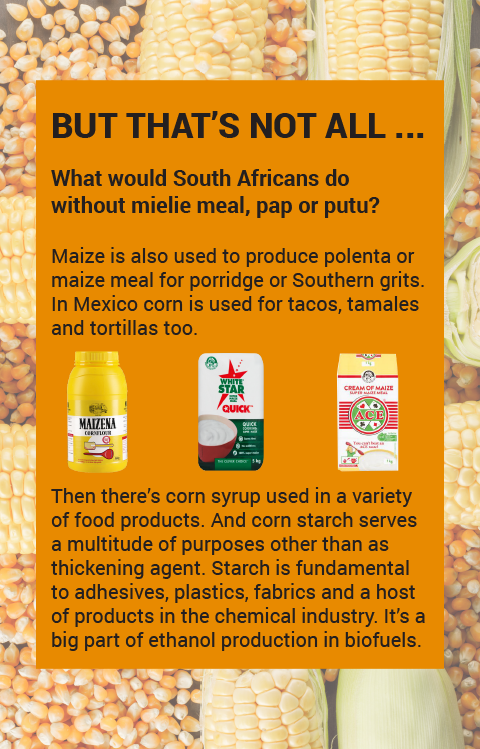
Grains of truth
Maize, corn, mealies or mielies. Call it by whatever name you prefer or are familiar with. Clifford Roberts finds it is used in everything from cosmetics, paint, adhesives to starch and syrup!
If there’s an unsung hero in local liquor, it has to be maize. Ask the average drinker to name a few base ingredients and wheat, barley, hops and even rye might be the most popular responses. Yet it’s the humble mielie – South Africa’s largest produced field crop – that occurs across the spectrum of some of our most popular brands and concoctions.
You’ll find it in Umqombothi; in grain whiskies from Boplaas to Bain’s; in Three Ships made in Wellington; in such drinks as Brutal Fruit; in gins and vodka by Pienaar & Son; and, used in numerous other products like Silver Creek Distillery’s Southern Moonshine.
Local lovers of Bourbon and American whiskeys might be more familiar with the grain. Its prominence probably stems from the long history of corn and liquor in that country. Scottish, Irish and German immigrants introduced liquor distillation to the Americans, having to swop their homeland supply of barley for the available maize plantations. A great whisky tradition arose that includes the moonshiners of Kentucky and the Appalachians claiming corn whiskey as their own and willing to break the law for it. A sure case of cultural appropriation if ever there was one ...
As for maize, it is the largest grain crop in the United States, the world's biggest producer after China.
The thing about maize is its amazing efficiency. One seed generates more than 500 kernels, a yield that thrashes other grains in similar growing conditions. It wasn’t always this way. The modern mielie is a wonder of human ingenuity since its early discovery and now provides higher yield, is tastier to eat and is more robust.
Today, in addition to being the staple diet for millions of people in developing countries, it is used for everything from ice cream to shoe polish, glue to fireworks, ink to batteries and cosmetics to paint. You’ll even find it in aspirin.
To get an idea of scale and complexity, you might want to track down the documentary film King Corn (2007) or,


re-watch the 2009 hit movie The Informant!, starring Matt Damon.


Where liquor is concerned, the American National Corn Growers Association puts the portion of America’s annual crop to August 2020 used for "beverages and manufacturing alcohol" at just over five billion litres.
The reason to like it is that maize is rich in carbohydrate, the starch that provides high levels of fermentable sugars. From the still, distillers say it produces a spirit that is sweet and fatty, or buttery even.
South Africa is the chief producer of maize in Africa, with an annual production of around 11 million tons. Our mielies hail predominantly from the North West, Free State, Mpumalanga Highveld and KwaZulu-Natal Midlands.
Knowing all this is sure to make you look at a mielie differently in future. Know this however, that not all mielies are created equal. Even though the yellow variety from your local SPAR is so tasty, it’s an exception. Those babies are a sweeter variety that’s lower down the rankings of production volume. Most yellow maize ends up in animal feed, with a little left over for making whisky, vodka or gin. It’s the white maize that’s generally milled for food consumption.
Of course, there’s no keeping all this to yourself, next time you sit down for a dram. Just don’t ask your drinking buddy to “lend you an ear”.



